In this last chapter of this series on investment possibilities in the 3D printing industry we are going to tell you about companies that we have not mentioned before; either because they are only partially involved with 3D printing, or because they are not yet traded publicly and thus they are prospect to follow and consider for the future. These two categories include software giants such as Autodesk and leading 3D printer manufacturers such as EOS, which are some of the most interesting companies in the entire global 3D printing scenario.
Software Rules
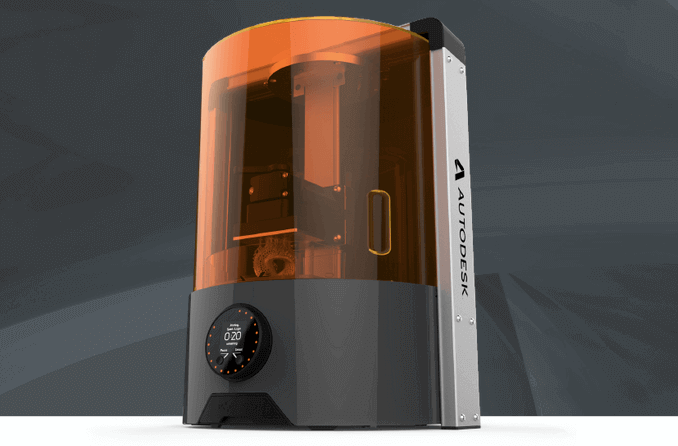
Autodesk needs little introduction. It is the global leader in professional 3D CAD software and offers more than fifty different computer programs. After establishing almost total domination of the professional market, Autodesk is now focusing on the consumer market, following the lead of its CEO Carl Bass, who is a maker and making enthusiast himself. Autodesk has thus invested significantly in opening up the 3D modeling market to everyone, especially children and consumers who are approaching 3D creativity for the first time. To do this, it first created and then kept expanding its 123DApp range of free to use 3D modeling software for mobile and computers.
Then it created the Spark ecosystem and the Ember SLA 3D printer, a professional level machine on sale for around $6.000. Autodesk also pledged $100 million dollars to fund and finance the growth of Spark and its partners. Ever since it announced its direct involvement in 3D printing, Autodesk’s stock has continued to soar, going from below $50 to trading stably above $60.
Among the companies already partnering with Spark are some of the top start-ups in the industry and some that investors should particularly keep an eye on. We have already covered 3D Hubs and ExOne while we will discuss HP a couple of paragraphs below. Another very interesting prospect is Authentise, a start up from the Singularity University incubator which has already developed a solid system for secure streaming of files directly to 3D printers. Another one is Emerging Objects, a California-based studio which has been experimenting with materials and working on 3D printed “bricks” to build the modular smart-houses of tomorrow.
Real production
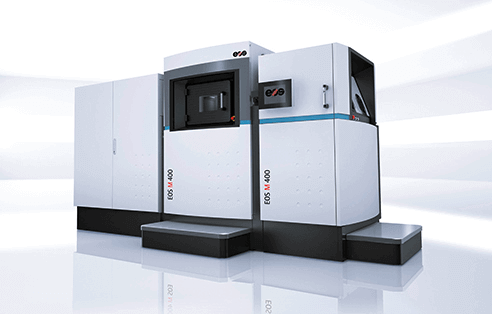
While many companies make announcements, German laser sintering 3D printer manufacturer EOS is already working toward making 3D printing a mass market mean of production. Most high-quality 3D printed final product you have seen has probably been made in nylon with an EOS laser sintering system. EOS is also one of the te largest producers of direct metal laser sintering systems. However the company – which is reported to be extremely profitable – is and intends to remain privately owned. Nevertheless, the day will come when it will choose to auction some of its stocks and investors should be ready to pick them up.
On the other side of the spectrum is another company that investors interested in 3D printing should keep an eye on. It is public, not specifically focused on 3D printing, and gigantic. However, its objective is the same as EOS’s: to create a 3D printer for real production. We are talking about Hewlett Packard. The IT giant has announced an entire “blended reality” system called Sprout, which will make it easier for users to transform physical objects into digital models. The other side of the Sprout equation is HP’s new 3D printer which is expected to hit the market sometime in 2016 and will deliver usable, final, full-color products through a technology called MJF, Multi Jet Fusion.
High quality, high margins
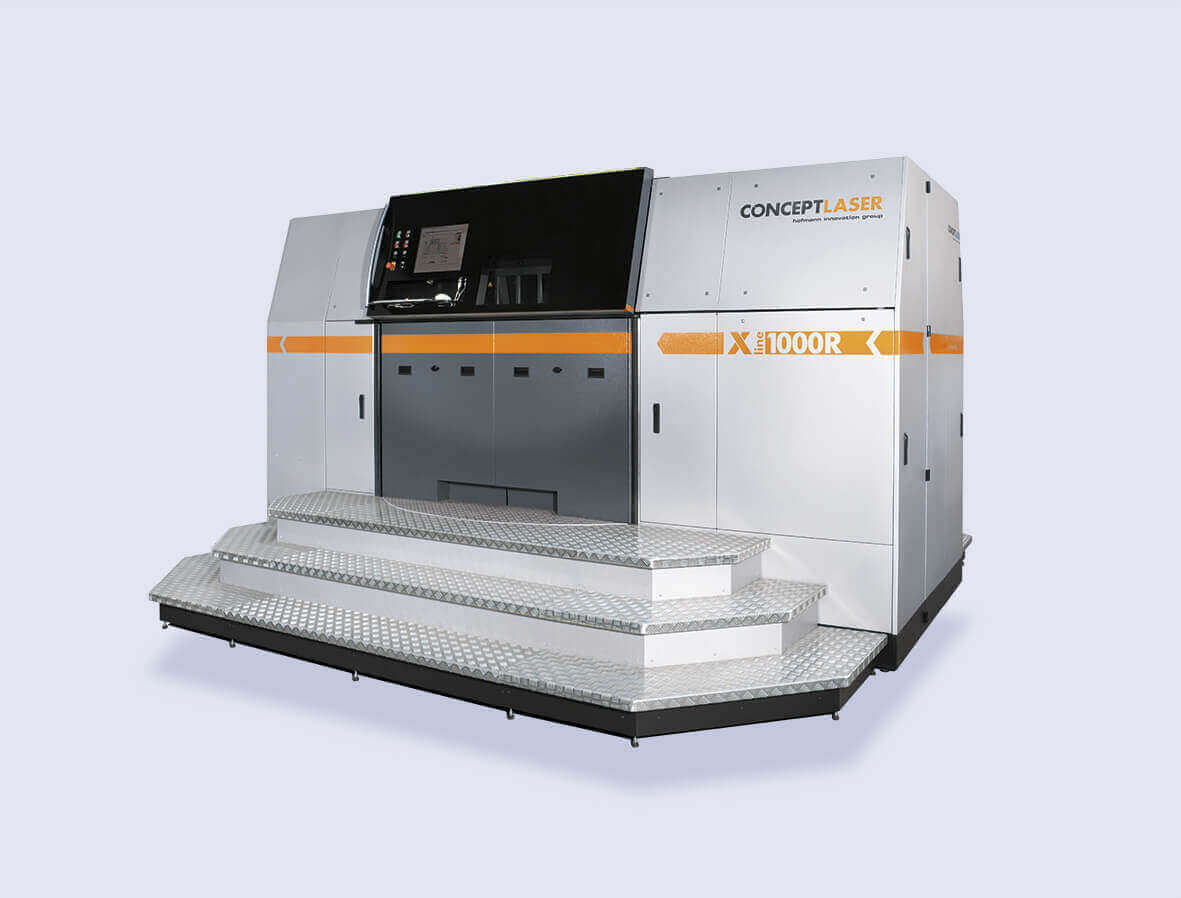
There are three other private 3D printer manufacturer that investors should keep their eye on if they ever decide to go public. They make some of the best products in the industry and have the knowledge, and the technical know how to lead the industry for many years to come. These include Germany-based Concept Laser, which is reported to have recorded revenues for over $100 million in the last FY (with growth around 40%) and is possibly the number one selective laser melting 3D printer manufacturer in the world (and a favorite of Airbus).
The other one is also a Germany company which has expanded into the US: EnvisionTEC is the number one producer of DLP 3D printers in the world. It offers more than 40 different systems and offers one of the largest selection of advanced photopolymer materials in the entire industry. EnvisionTEC also has a division entirely dedicated to bioprinting which offers two different systems both for research and production of hydrogel and paste based 3D structures.
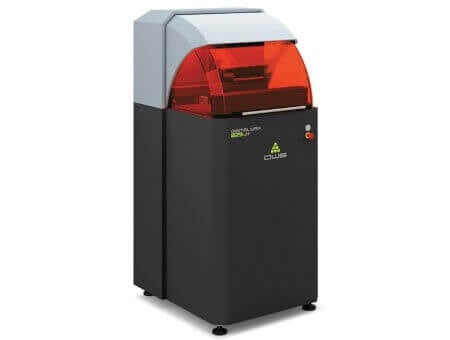
The third company to keep an eye on is Italy’s Digital Wax Systems, one of the top manufacturers of SLA-based 3D printers in the world. DWS is based near Vicenza, in one of the hearts of Italy’s huge jewelry industry, and became a specialist in the production of prototypes and models for lost wax casting. It then expanded the range of its 3D printers offer to the dental and the mechanical prototyping industry as well, by integrating new photopolymer materials with specific properties such as nanoceramics and digital stone (IRIX). DWS has also been reported to be an extremely profitable company and has invested part of its earnings in creating a new low-cost SLA 3D printer with large size capabilities, which is ready and is expected to hit the market within the next couple of years (depending on when the competition will catch up).
The 3D Printed Wonders of Tomorrow
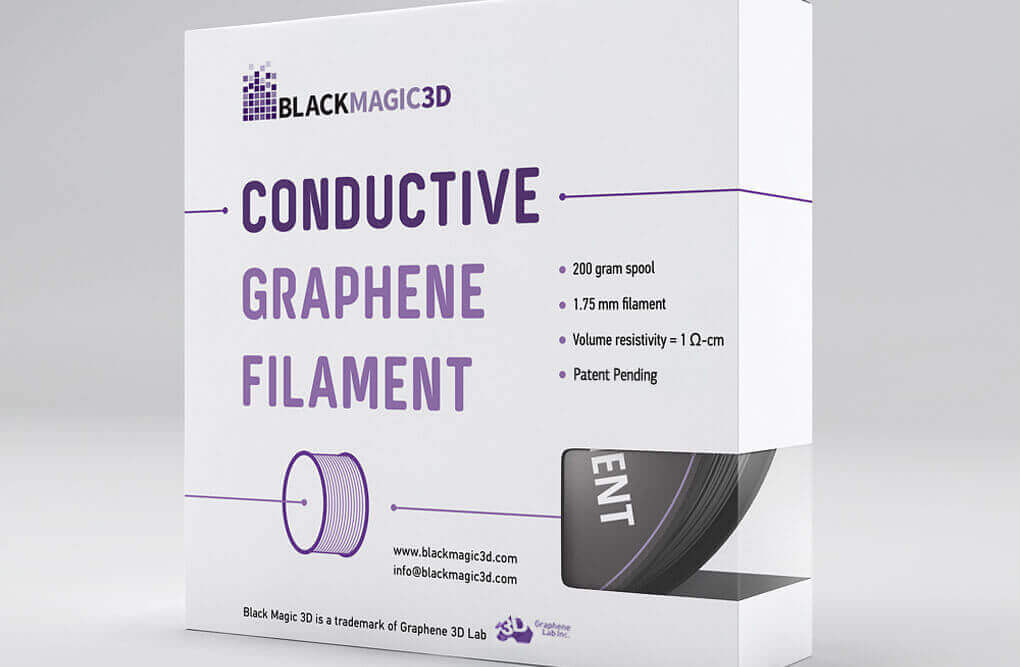
One last company worth keeping an eye on is Graphene 3D Labs. It was formed as a spinoff of Graphene Laboratories and partially owned by green economy oriented, mineral exploration and development company Lomiko Metals. Graphene is a one-atom-thick layer of carbon atoms which form perfectly regular Hexagons. It showed excellent properties in terms of strength, conductivity, thermal and chemical resistance and apparently it improves the properties of any material it is mixed in with. Graphene 3D Labs was created to research the possibilities of graphene in 3D printing and it has already come through with its first graphene enhanced conductive filament. The graphene was produced through a low cost process oxidation process developed by Graphene Laboratories. The Graphene 3D Labs’s stock is traded on the Canadian index as GGG, and currently valued $0,7, which gives the company a market cap of more than $30m. With stocks there are no guarantees, but one day it could be worth many times that amount.
License: The text of "How to invest in 3D printing stock (Part 4)" by All3DP is licensed under a Creative Commons Attribution 4.0 International License.